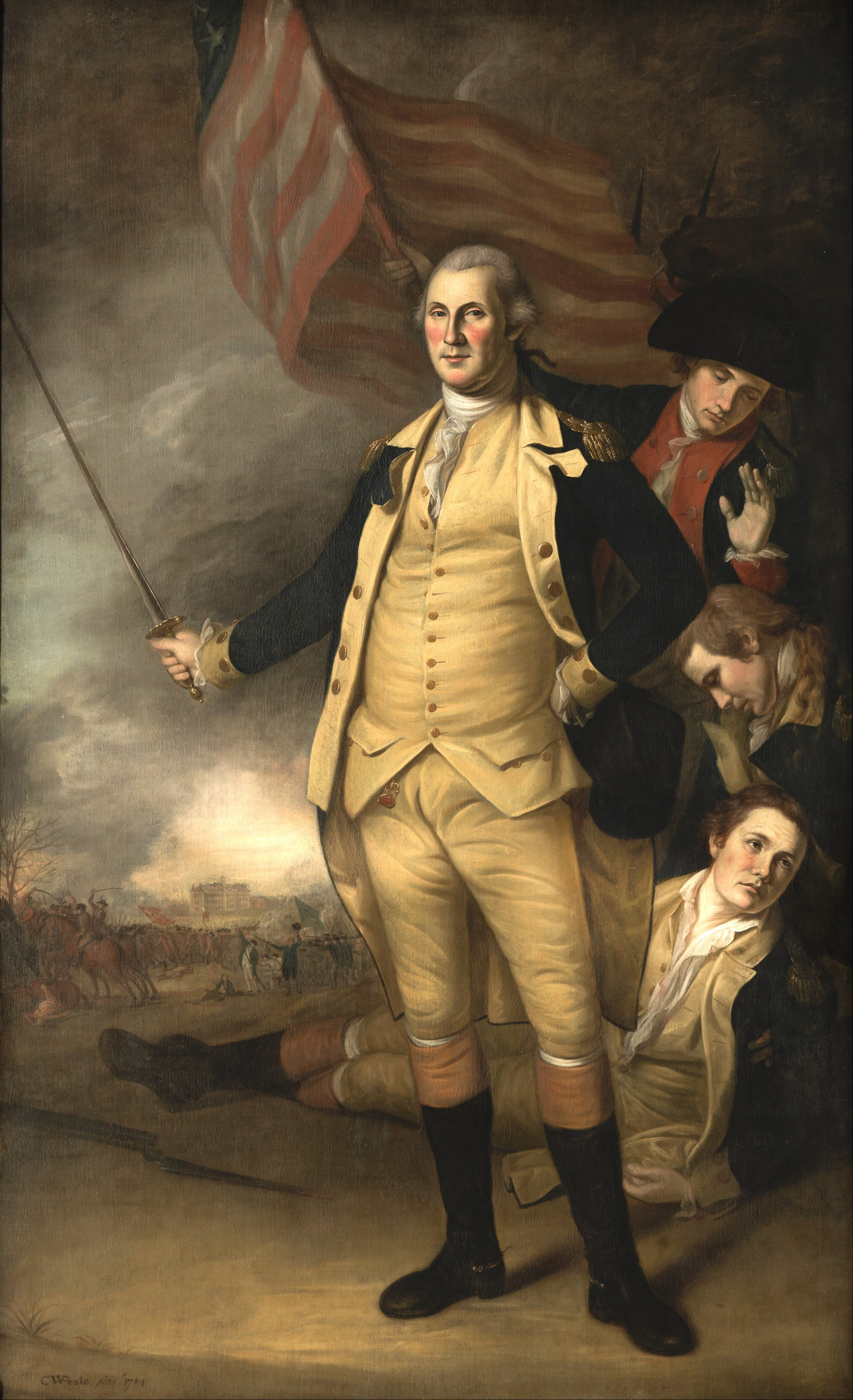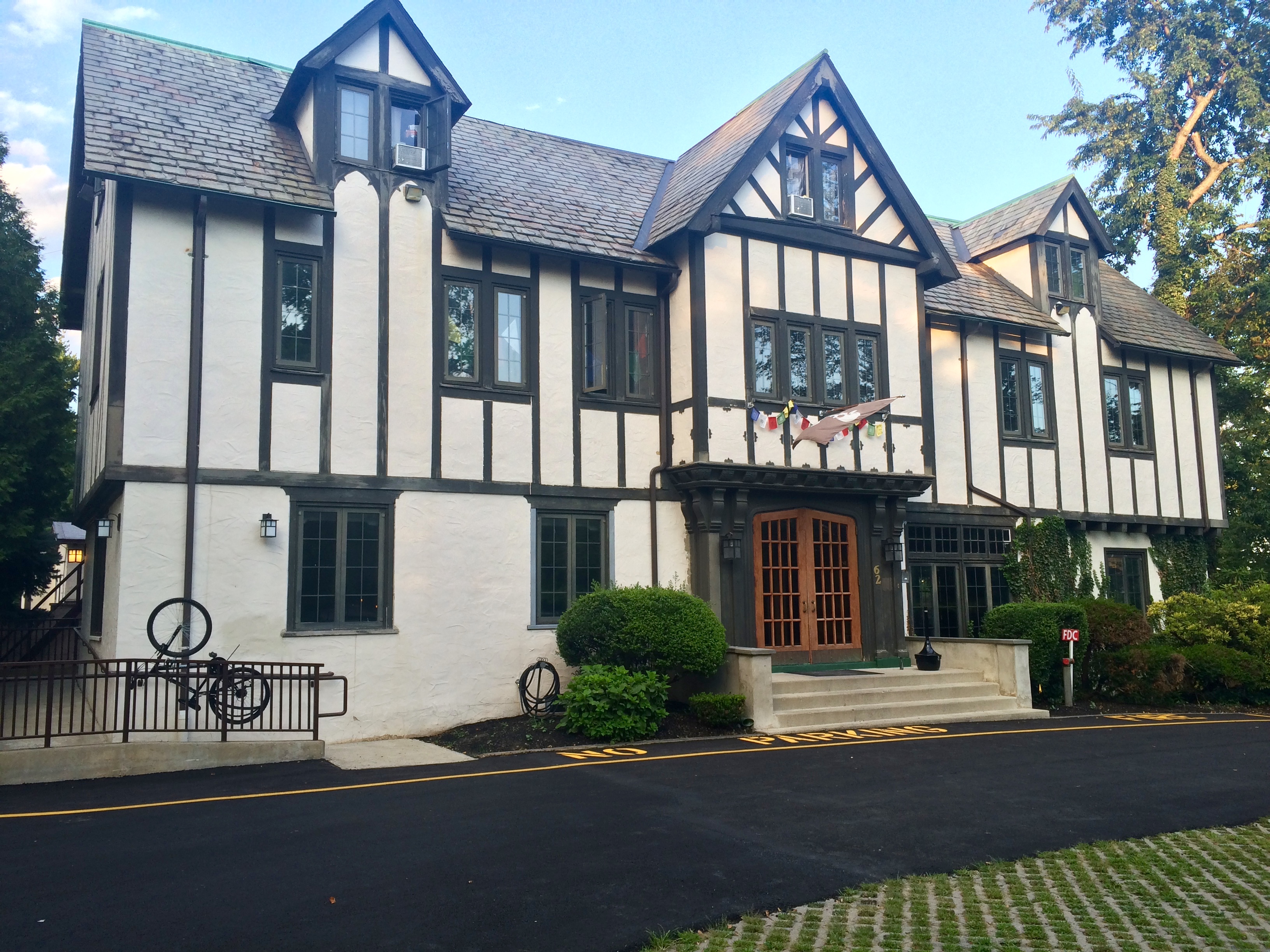|
Campus Club
Campus Club was one of the undergraduate eating clubs at Princeton University The eating clubs at Princeton University are private institutions resembling both dining halls and social houses, where the majority of Princeton upperclassmen eat their meals. Each eating club occupies a large mansion on Prospect Avenue (Prospe .... Located on the corner of Washington Road and Prospect Avenue, Campus was founded in 1900. It was one of the eating clubs that abandoned the selective bicker process to choose members non-selectively, a status it held for over twenty years. In an attempt to restore the waning popularity of the club, the club's board pressured the undergraduate officers to reinstate bicker in 2004, causing Campus to become one of six selective clubs (out of eleven total clubs). However, due to the unpopularity of bicker among its members, the club returned to being a sign-in club in the spring of 2005. Facing another year of exceptionally low membership and resulting finan ... [...More Info...] [...Related Items...] OR: [Wikipedia] [Google] [Baidu] |
Princeton Historic District (Princeton, New Jersey)
The Princeton Historic District is a historic district located in Princeton, New Jersey that was listed on the U.S. National Register of Historic Places in 1975. It stretches from Marquand Park in the west to the Eating Clubs in the East, from the Princeton Cemetery in the north to the Graduate College in the south. The district encompasses the core parts of the campuses of the Princeton Theological Seminary and Princeton University. It also includes the business district centered on Nassau Street and many historic homes, both mansions in the western section and more humble dwellings in the Witherspoon/Jackson neighborhood. Notable churches within the district include Nassau Presbyterian Church, Trinity Episcopal, Nassau Christian Center, and the Princeton University Chapel. The district is home to seven of Princeton's nine, and New Jersey's fifty-eight, National Historic Landmarks, the largest concentration of such sites in the state. Significance Princeton, and t ... [...More Info...] [...Related Items...] OR: [Wikipedia] [Google] [Baidu] |
Princeton, New Jersey
Princeton is a municipality with a borough form of government in Mercer County, in the U.S. state of New Jersey. It was established on January 1, 2013, through the consolidation of the Borough of Princeton and Princeton Township, both of which are now defunct. Centrally located within the Raritan Valley region, Princeton is a regional commercial hub for the Central New Jersey region and a commuter town in the New York metropolitan area.New York-Newark, NY-NJ-CT-PA Combined Statistical Area . Accessed December 5, 2020. As of the |
Raleigh C
Raleigh (; ) is the capital city of the state of North Carolina and the seat of Wake County in the United States. It is the second-most populous city in North Carolina, after Charlotte. Raleigh is the tenth-most populous city in the Southeast, the 41st-most populous city in the U.S., and the largest city of the Research Triangle metro area. Raleigh is known as the "City of Oaks" for its many oak trees, which line the streets in the heart of the city. The city covers a land area of . The U.S. Census Bureau counted the city's population as 474,069 in the 2020 census. It is one of the fastest-growing cities in the United States. The city of Raleigh is named after Sir Walter Raleigh, who established the lost Roanoke Colony in present-day Dare County. Raleigh is home to North Carolina State University (NC State) and is part of the Research Triangle together with Durham (home of Duke University and North Carolina Central University) and Chapel Hill (home of the University of Nor ... [...More Info...] [...Related Items...] OR: [Wikipedia] [Google] [Baidu] |
Collegiate Gothic
Collegiate Gothic is an architectural style subgenre of Gothic Revival architecture, popular in the late-19th and early-20th centuries for college and high school buildings in the United States and Canada, and to a certain extent Europe. A form of historicist architecture, it took its inspiration from English Tudor and Gothic buildings. It has returned in the 21st century in the form of prominent new buildings at schools and universities including Princeton and Yale. Ralph Adams Cram, arguably the leading Gothic Revival architect and theoretician in the early 20th century, wrote about the appeal of the Gothic for educational facilities in his book ''Gothic Quest:'' "Through architecture and its allied arts we have the power to bend men and sway them as few have who depended on the spoken word. It is for us, as part of our duty as our highest privilege to act...for spreading what is true." History Beginnings Gothic Revival architecture was used for American college bui ... [...More Info...] [...Related Items...] OR: [Wikipedia] [Google] [Baidu] |
Eating Club (Princeton University)
The eating clubs at Princeton University are private institutions resembling both dining halls and social houses, where the majority of Princeton upperclassmen eat their meals. Each eating club occupies a large mansion on Prospect Avenue (Prospect Street until 1900), one of the main roads that runs through the Princeton campus, with the exception of Terrace Club which is just around the corner on Washington Road. This area is known to students colloquially as "The Street". Princeton's eating clubs are the primary setting in F. Scott Fitzgerald's 1920 debut novel, ''This Side of Paradise'', and the clubs appeared prominently in the 2004 novel ''The Rule of Four''. Princeton undergraduates have their choice of eleven eating clubs. Six clubs—Cannon Club, Cap and Gown Club, Princeton Tower Club, The Ivy Club, Tiger Inn and University Cottage Club—choose their members through a selective process called "bicker", involving an interview process, though the actual deliberations are ... [...More Info...] [...Related Items...] OR: [Wikipedia] [Google] [Baidu] |
Eating Clubs (Princeton University)
The eating clubs at Princeton University are private institutions resembling both dining halls and social houses, where the majority of Princeton upperclassmen eat their meals. Each eating club occupies a large mansion on Prospect Avenue (Prospect Street until 1900), one of the main roads that runs through the Princeton campus, with the exception of Terrace Club which is just around the corner on Washington Road. This area is known to students colloquially as "The Street". Princeton's eating clubs are the primary setting in F. Scott Fitzgerald's 1920 debut novel, ''This Side of Paradise'', and the clubs appeared prominently in the 2004 novel ''The Rule of Four''. Princeton undergraduates have their choice of eleven eating clubs. Six clubs—Cannon Club, Cap and Gown Club, Princeton Tower Club, The Ivy Club, Tiger Inn and University Cottage Club—choose their members through a selective process called "bicker", involving an interview process, though the actual deliberations are ... [...More Info...] [...Related Items...] OR: [Wikipedia] [Google] [Baidu] |
Sports Vs Academics Pton
Sport pertains to any form of competitive physical activity or game that aims to use, maintain, or improve physical ability and skills while providing enjoyment to participants and, in some cases, entertainment to spectators. Sports can, through casual or organized participation, improve participants' physical health. Hundreds of sports exist, from those between single contestants, through to those with hundreds of simultaneous participants, either in teams or competing as individuals. In certain sports such as racing, many contestants may compete, simultaneously or consecutively, with one winner; in others, the contest (a ''match'') is between two sides, each attempting to exceed the other. Some sports allow a "tie" or "draw", in which there is no single winner; others provide tie-breaking methods to ensure one winner and one loser. A number of contests may be arranged in a tournament producing a champion. Many sports leagues make an annual champion by arranging games in a r ... [...More Info...] [...Related Items...] OR: [Wikipedia] [Google] [Baidu] |
Andrew Fleming West
Andrew Fleming West (May 17, 1853 – December 27, 1943) was an American classicist, and first dean of the Graduate School at Princeton University. Biography West was born in Allegheny, Pennsylvania on May 17, 1853. He studied at Princeton University from 1870 to 1874. In his final year at Princeton he founded the Princeton Glee Club. After graduating, he taught Latin at a high school in Cincinnati for six years. He then went to Europe to carry out academic study, before taking up a position as principal of the Morris Academy in Morristown, New Jersey. In 1883 West accepted a position as professor of Latin at Princeton University, where he served as Giger Professor of Latin for forty-five years until his retirement in 1928. In December 1900 West was appointed as the first dean of the newly founded Graduate School at Princeton University. As dean, he was instrumental in creating the Princeton University Graduate College, a residential college for graduate students. After ... [...More Info...] [...Related Items...] OR: [Wikipedia] [Google] [Baidu] |
Campus Club Original Building
A campus is traditionally the land on which a college or university and related institutional buildings are situated. Usually a college campus includes libraries, lecture halls, residence halls, student centers or dining halls, and park-like settings. A modern campus is a collection of buildings and grounds that belong to a given institution, either academic or non-academic. Examples include the Googleplex and the Apple Campus. Etymology The word derives from a Latin word for "field" and was first used to describe the large field adjacent Nassau Hall of the College of New Jersey (now Princeton University) in 1774. The field separated Princeton from the small nearby town. Some other American colleges later adopted the word to describe individual fields at their own institutions, but "campus" did not yet describe the whole university property. A school might have one space called a campus, another called a field, and still another called a yard. History The tradition of a campu ... [...More Info...] [...Related Items...] OR: [Wikipedia] [Google] [Baidu] |
Eating Clubs At Princeton University
The eating clubs at Princeton University are private institutions resembling both dining halls and social houses, where the majority of Princeton upperclassmen eat their meals. Each eating club occupies a large mansion on Prospect Avenue (Prospect Street until 1900), one of the main roads that runs through the Princeton campus, with the exception of Terrace Club which is just around the corner on Washington Road. This area is known to students colloquially as "The Street". Princeton's eating clubs are the primary setting in F. Scott Fitzgerald's 1920 debut novel, ''This Side of Paradise'', and the clubs appeared prominently in the 2004 novel ''The Rule of Four''. Princeton undergraduates have their choice of eleven eating clubs. Six clubs—Cannon Club, Cap and Gown Club, Princeton Tower Club, The Ivy Club, Tiger Inn and University Cottage Club—choose their members through a selective process called "bicker", involving an interview process, though the actual deliberations are ... [...More Info...] [...Related Items...] OR: [Wikipedia] [Google] [Baidu] |






